This post contains affiliate links for which I may make a small commission to help keep the site running. You will not be charged extra for these items had you not clicked the links. Thank you for your help to keep the site running!
Whether you want to know facts about the Tower of London for your own enjoyment or an educational project, I’ve compiled a list of my favorite interesting facts about the Tower of London so we can all make sure we’re on the same page about one of London’s most iconic landmarks!
For instance, did you know that the Yeoman Warders (also called the beefeaters) actually live on site?
As a Londoner for the past 10 years, there’s nothing that leaves me in more awe than walking through the historic passageways of the Tower of London and thinking about all of the history that’s held here – not to mention the crown jewels!
These 21 cool and fun facts about the Tower of London in London, England, will make you see this attraction in a whole new way.
After all, it’s been there through the centuries from its role as a place of medieval torture to its role today as an important London tourist attraction that draws millions each year.
If you’re looking for more London facts, check out the fun facts about Big Ben and fun facts about the London Eye.
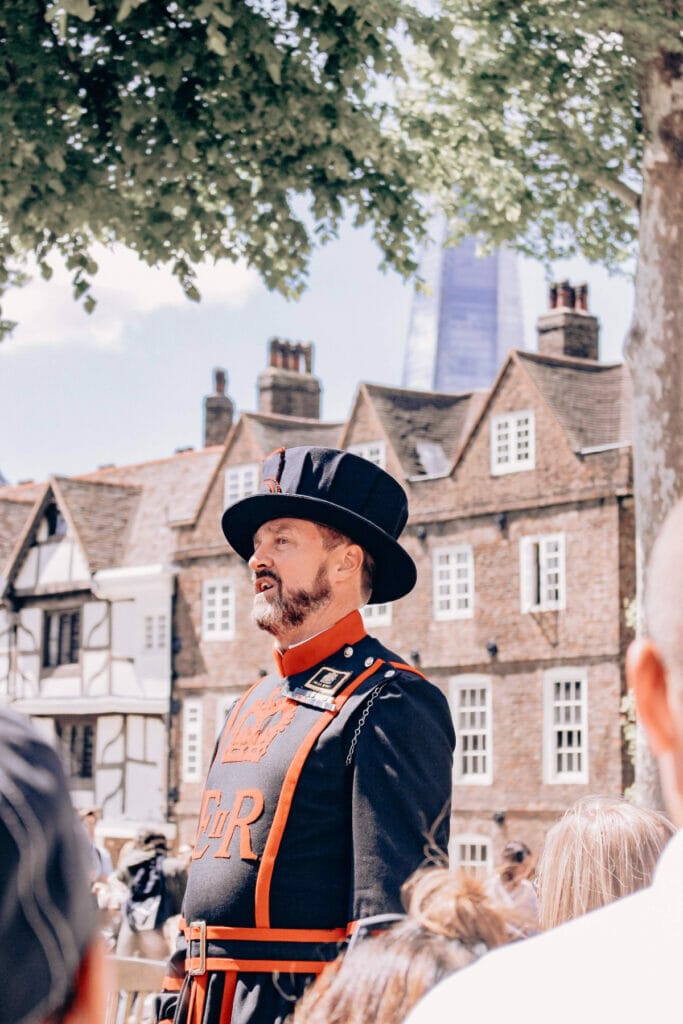
Hey! Want more honest UK tips and planning advice? Click here to join my London and UK Travel Tips Facebook group, where I can answer more of your questions!
Check out the YouTube channel for more London tips
1. It’s One of the Most Historic Places in London
The Tower of London stands as a living testament to the enduring history of London and the United Kingdom.
Its significance transcends time, with a legacy spanning more than a millennium.
As a symbol of power, authority, and historical continuity, the Tower has witnessed the evolution of England from medieval times to the modern era.
Its walls echo with the footsteps of kings, queens, prisoners, and visitors who have all played a part in shaping the nation’s narrative.
2. Built By William the Conqueror
When William the Conqueror ordered the Tower’s construction in 1066, he established not just a fortress but a royal residence that would serve generations of monarchs.
This dual purpose as a palace and a stronghold reflected the monarch’s need to wield both political and military authority.
The Tower’s architectural layout, with its imposing walls, turrets, and defensive features, underlines its strategic significance as a stronghold against potential adversaries while also offering a luxurious refuge for royalty.
3. The Most Iconic Section is the White Tower
The heart of the Tower complex, the White Tower, remains a tangible link to its origins.
As the oldest section, it stands as a proud sentinel of the past, constructed under William the Conqueror’s orders.
Its distinctive white stone, visible from a distance, is a reminder of its original role as a powerful symbol of authority and control.
The White Tower’s age and historical significance make it a cornerstone of the Tower’s identity.
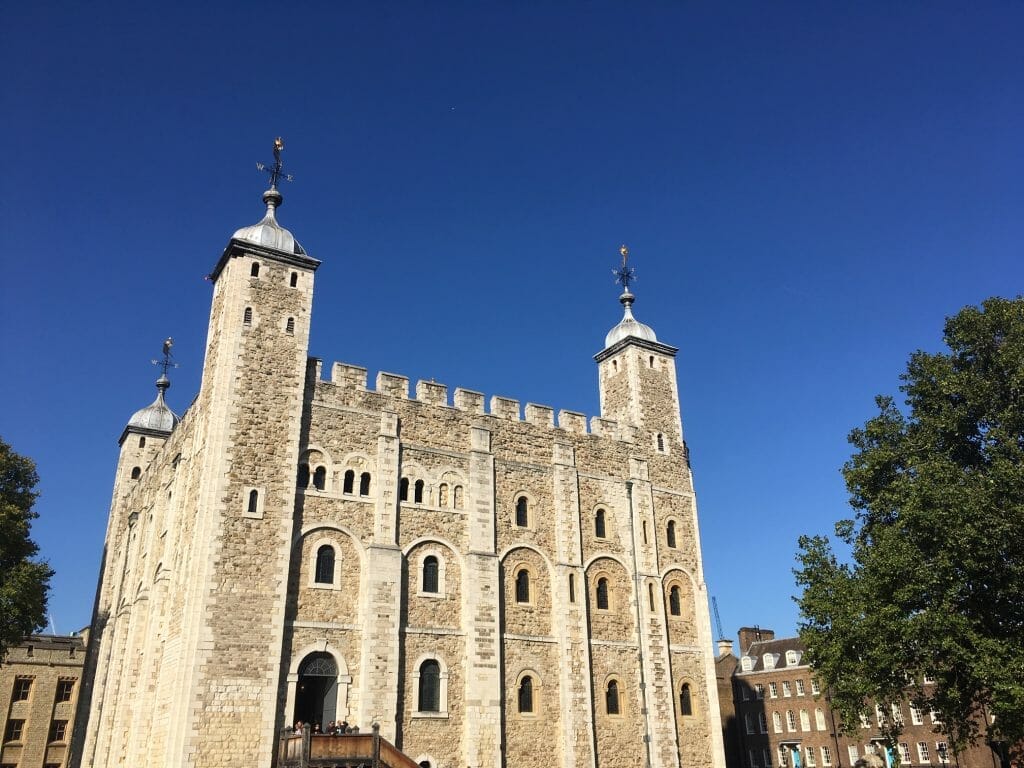
4. It’s Home to the Crown Jewels
Within the Tower’s secure walls, the Crown Jewels rest, a dazzling collection that encapsulates the splendor and majesty of the British monarchy.
The Imperial State Crown, resplendent with precious gems, is a living testament to the nation’s regal heritage.
These treasures are more than decorative symbols; they embody the continuity of the monarchy and are an integral part of ceremonial events, connecting the present to a lineage that stretches back over a thousand years.
5. Yeomen Warders Live On Site
The presence of the Yeomen Warders adds a human touch to the Tower’s historical aura.
These guardians, affectionately known as “Beefeaters,” don Tudor-style uniforms as they share tales of the Tower’s storied past.
Their dual role as guides and protectors not only ensures the safety of the Tower but also imparts its history to visitors in an engaging and personal manner.
6. Ravens Add to the Mystery
The legend surrounding the Tower’s ravens adds an element of mystique and folklore to its character.
These corvids are both enchanting and symbolic, as their continued presence is believed to safeguard the monarchy’s longevity.
The raven-keeping tradition is a testament to how the Tower’s history interweaves with myth, deepening its allure and significance.
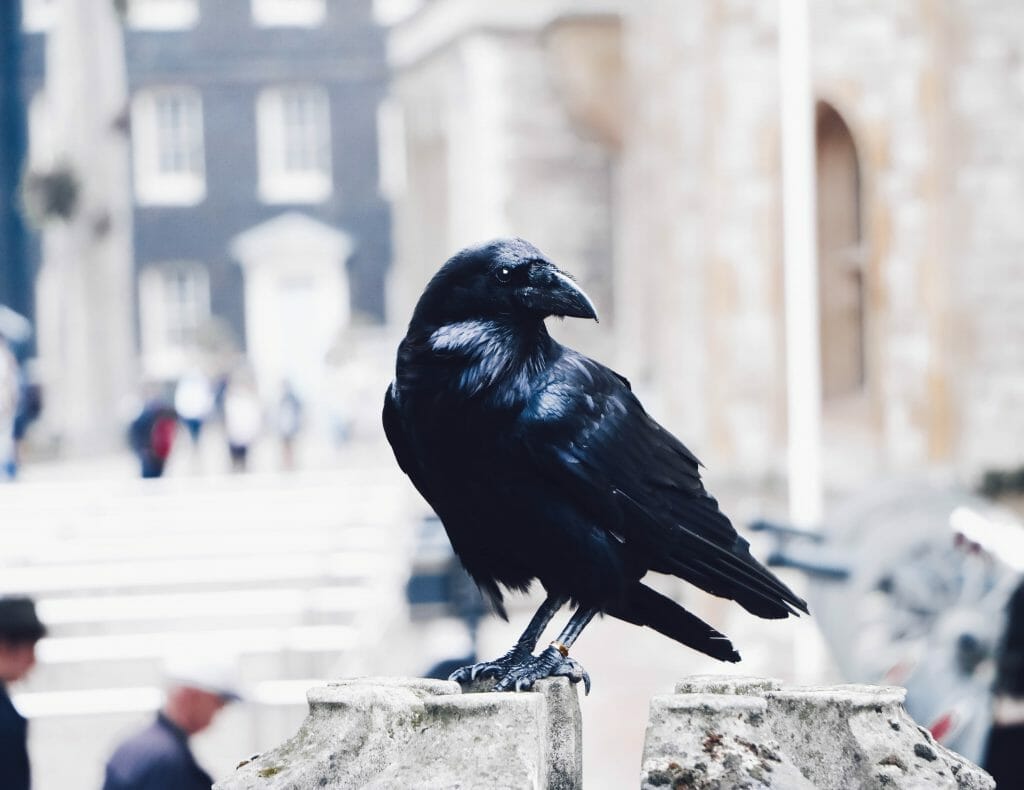
7. It’s Been Used as a Prison and Execution Site
Beneath its grandeur, the Tower holds a somber history as a place of incarceration and execution.
Its walls have borne witness to the fall of high-profile figures, revealing the darker facets of power.
The Tower’s role as an execution site serves as a reminder of the human cost of political intrigue and royal ambitions.
8. Traitor’s Gate
The infamous Traitor’s Gate stands as a chilling reminder of the Tower’s dual nature—entrance and exit, hope and despair.
Through this foreboding water entrance, prisoners of stature entered a world of uncertainty, often marking the beginning of their tragic journey within the Tower’s confines.
9. Home to Royal Collection of Weapons and Armor
The Tower’s extensive collection of weapons, armor, and artillery captures the evolution of warfare and technology over the centuries.
The Line of Kings, a display of majestic armor and weaponry, offers an immersive experience that allows visitors to trace the changing aesthetics and strategies of warfare through time.
10. It’s Been a Public Museum Since the Late 19th Century
Transformed into a public museum, the Tower of London grants visitors a unique opportunity to step into the annals of history.
The artifacts, stories, and exhibits on display provide an immersive educational experience, bridging the gap between past and present and allowing a diverse audience to engage with the nation’s heritage.
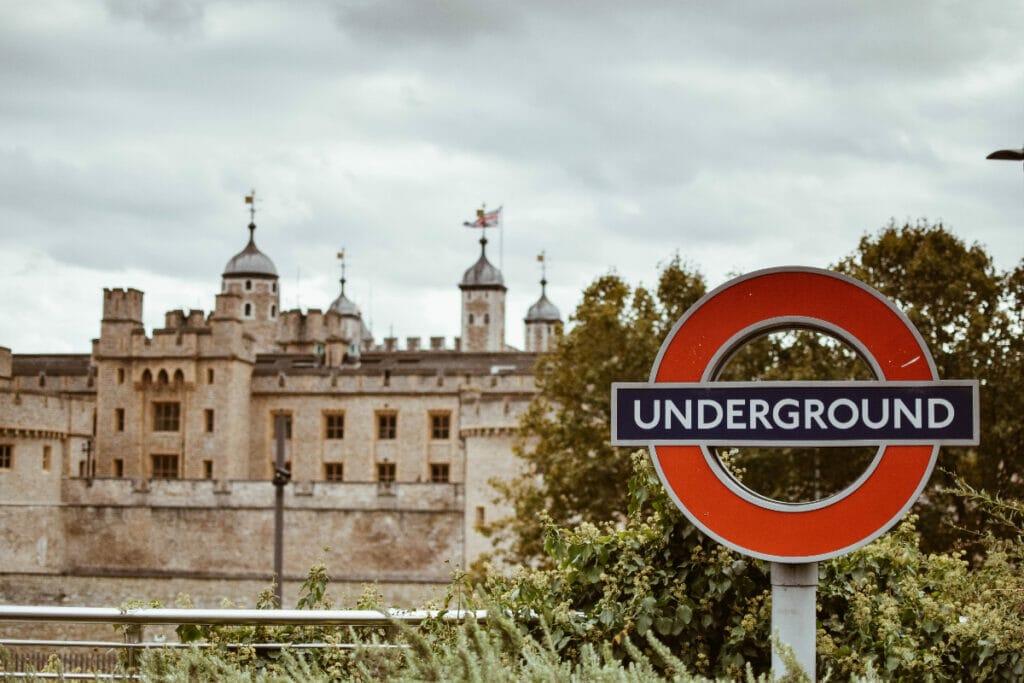
11. The Medieval Palace Section was Reconstructed
The painstaking reconstruction of a medieval palace section within the Tower complex transports visitors to a bygone era.
Through meticulous attention to detail, from furnishings to decorations, this restoration offers a glimpse into the daily lives of royalty and courtiers, rekindling the spirit of a medieval world within a modern context.
12. Lions, Tigers, and Bears, Oh My!
The Tower’s former role as a royal menagerie highlights the intersection of power, curiosity, and colonialism.
Exotic animals held within its confines were a symbol of the monarch’s supremacy and reach, capturing the imagination of the populace while reinforcing notions of dominion over distant lands and creatures.
13. It’s Been the Site of Many Escape Attempts
The Tower’s history is punctuated by daring escape attempts that speak to the indomitable human spirit.
Whether through ingenious plans or desperate measures, prisoners sought freedom from their confinements, leaving behind tales of courage and resourcefulness that add depth to the Tower’s narrative.
14. Executions Took Place on the Tower Green
The Tower Green, where executions took place, is a solemn site that bears witness to the ebb and flow of power dynamics throughout history.
The scaffold’s grim presence reminds us of the fragility of human life in the face of authority and the choices that have shaped the course of nations.
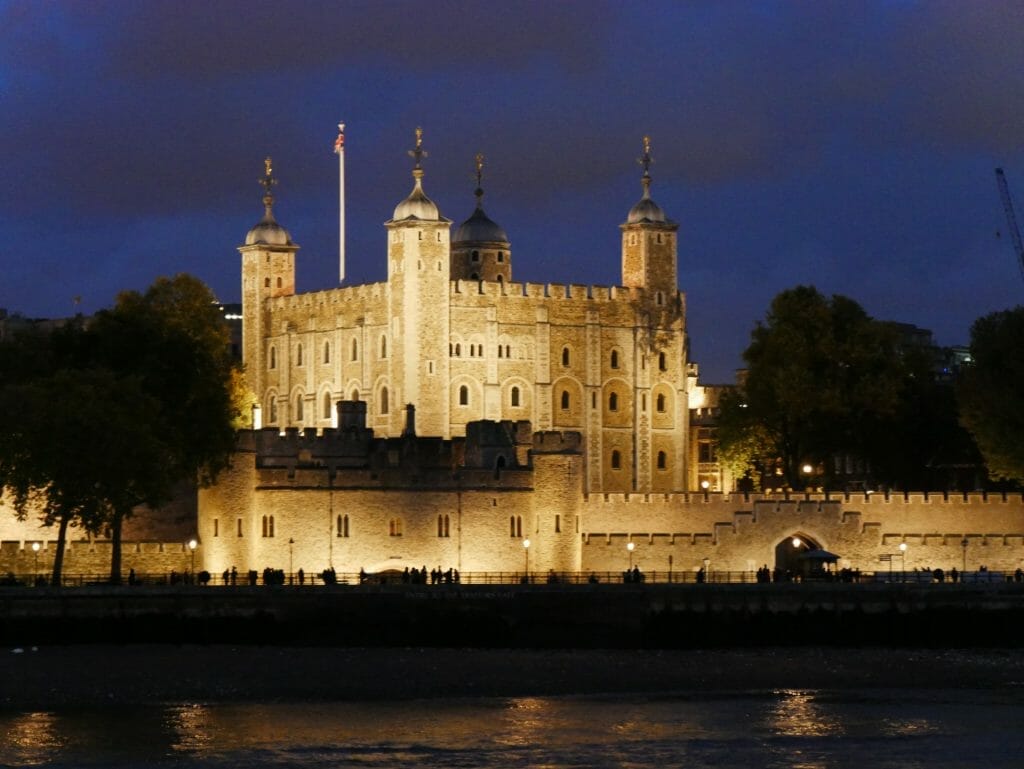
15. It Used to Be the Royal Mint
For centuries, the Tower’s role as a royal mint underscored its economic significance.
The production of coins and currency within its walls contributed to the financial stability of the realm, and the echoes of this legacy can still be heard in the modern financial landscape.
16. The Moat Garden is a Recent Addition
The addition of a moat garden in recent times transforms the Tower’s surroundings into a serene oasis, offering visitors a moment of respite amid the weight of history.
This juxtaposition of nature against the Tower’s stone walls serves as a reminder of the ongoing harmony between the past and the present.
17. It Was Once a Site of Torture in London
The Tower’s use as a site of torture and interrogation casts a shadow over its grandeur.
The stories of suffering and anguish, often driven by political motives, serve as a reminder of the complex interplay between power and morality throughout history.
18. It’s Recognized as a World Heritage Site
Recognition as a UNESCO World Heritage Site speaks to the Tower’s universal significance as a historical and cultural treasure.
This acknowledgment underscores the Tower’s place in the global narrative, connecting it to other landmarks that collectively shape the world’s shared heritage.
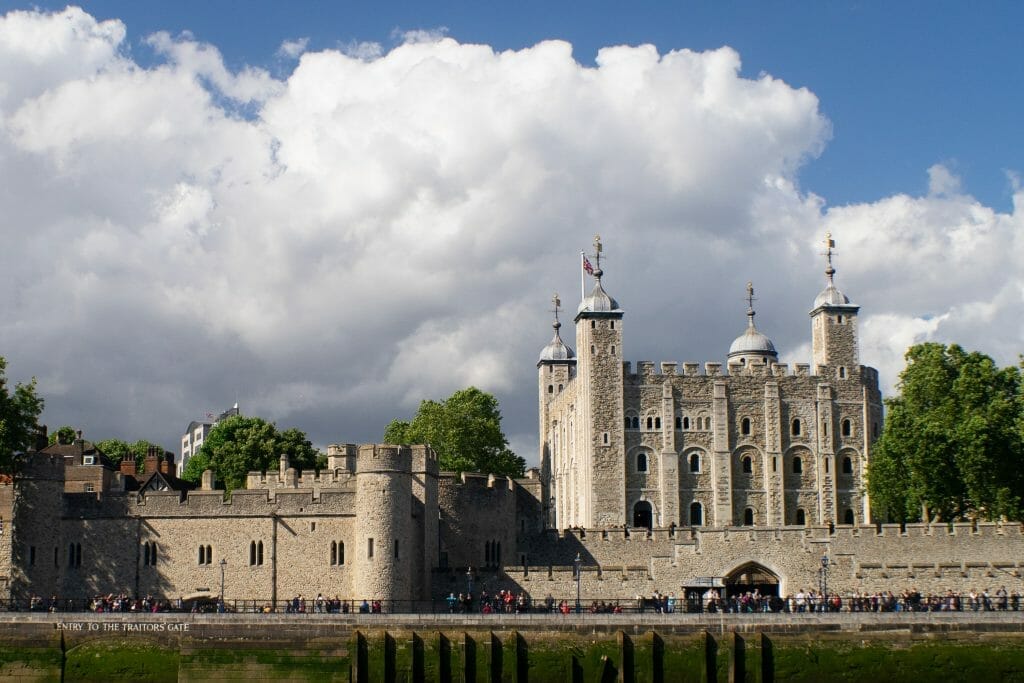
19. Cannons Are Fired During Special Occasions
The firing of cannons during special occasions and royal celebrations within the Tower grounds is a tangible link to tradition and a visual representation of national unity.
These salutes resonate with the Tower’s historic role as a site of both power projection and collective celebration.
20. It’s a Treasure Trove of Secret Passages
Hidden passages and staircases within the Tower complex hint at its strategic and defensive nature.
These concealed features serve as a testament to the architectural ingenuity of the past and provide an intriguing glimpse into the logistical considerations that shaped the Tower’s design.
21. Many Famous Visitors Have Entered Here
Throughout its existence, the Tower has attracted the attention of notable figures from around the world.
From dignitaries to leaders, artists to thinkers, these visitors have been drawn to the Tower’s historical gravity, marveling at its architecture and the stories etched into its walls.
This ongoing dialogue between the Tower and its illustrious guests continues to enrich its legacy.


